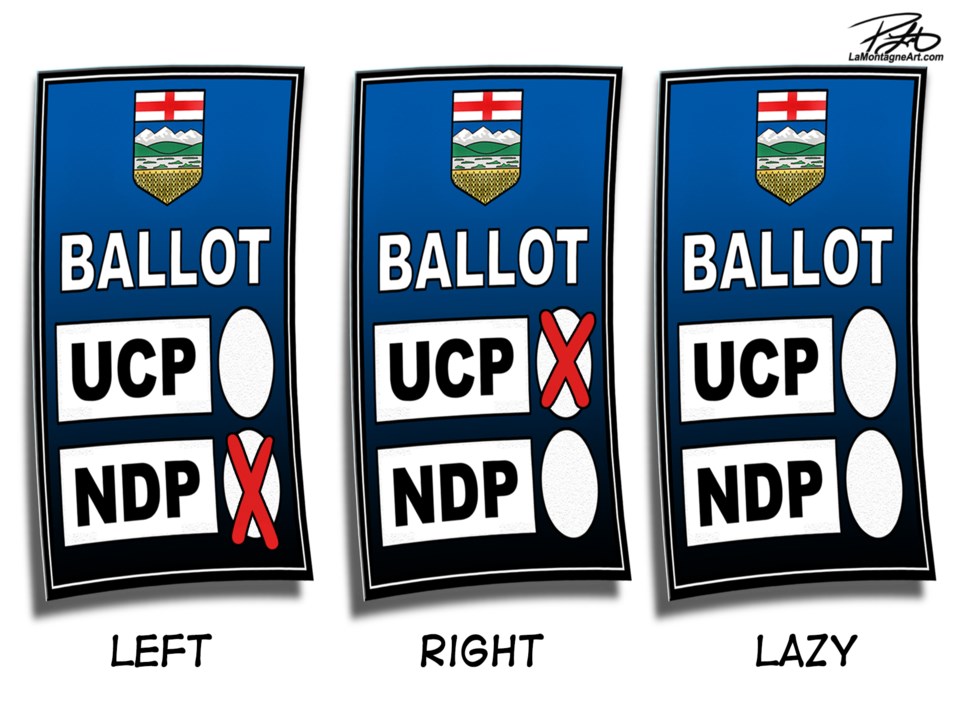The right to vote is ultimately up to each and every eligible resident.
While some wear it as a badge of honour to head to each and every election poll, others may sooner toss their voter card in the recycling bin.
Voter turnout is often a hot topic every election. Regardless if it’s at the municipal, provincial or federal levels, the discussion typically turns to how few chose to exercise their democratic rights.
While the importance of voting and taking part in the process can’t be understated, it also shouldn’t be used to shame or disregard a person’s choice.
Whether or not someone chose to vote, they still have the same equal right to question democratic leadership and the systems behind them.
A person who’s elected is not in place to reward the people who voted for them, but also to represent those that voted against them or chose not to cast a ballot.
In Abraham Lincoln’s Gettysburg Address, he popularized a somewhat common saying said by many before him of government being “of the people, by the people, for the people”
It’s ultimately up to the person selected to represent a riding to best help its residents, regardless of the number of polarizing issues in a constituency.
For many people, however, they can view their vote as simply getting lost in a maze of hundreds of thousands of others. Others may see it futile since they’re not directly voting for the provincial leader, who in many cases dictates to other MLAs in the party the direction forward.
But as other recent elections across the world have shown, it can ultimately come down to only a few hundred people being the deciding factor.
In 2019, Banff-Kananaskis saw fewer than 2,000 voters decide the result. It may seem like a large gap, but when factoring in turnout in other areas – particularly in the Bow Valley – it tells its own story.
Roughly 30 per cent of eligible Canmore voters went to the polls and neighbouring Banff had slightly more at about 40 per cent. The eastern part of the riding, with its more conservative leaning centres of Bragg Creek and Springbank, went decisively blue and showed up in numbers despite being smaller than Banff and Canmore.
Since the writ dropped a few weeks ago, the campaigning has been in full drive as promises are tossed left and right.
As a swing riding, Banff-Kananaskis has the potential to serve as one of the key battlegrounds for who will be the next provincial leader.
Though several ridings in both Calgary and Edmonton areas are likely to dictate the next premier, Banff-Kananaskis remains one of the few toss-ups for what’s considered a swing riding.
All four local candidates have had ample opportunity to discuss the issues impacting area residents. From housing, affordability, education and healthcare, the issues are well known and well talked about.
It’s little secret it’s ultimately a race between the NDP and UCP in a Banff-Kananaskis riding between west and east.
A strong democratic process relies on an informed and knowledgeable electorate to make decisions not only for themselves but also for the greater community good in both the present and future.
The best step in getting there is casting a vote.




